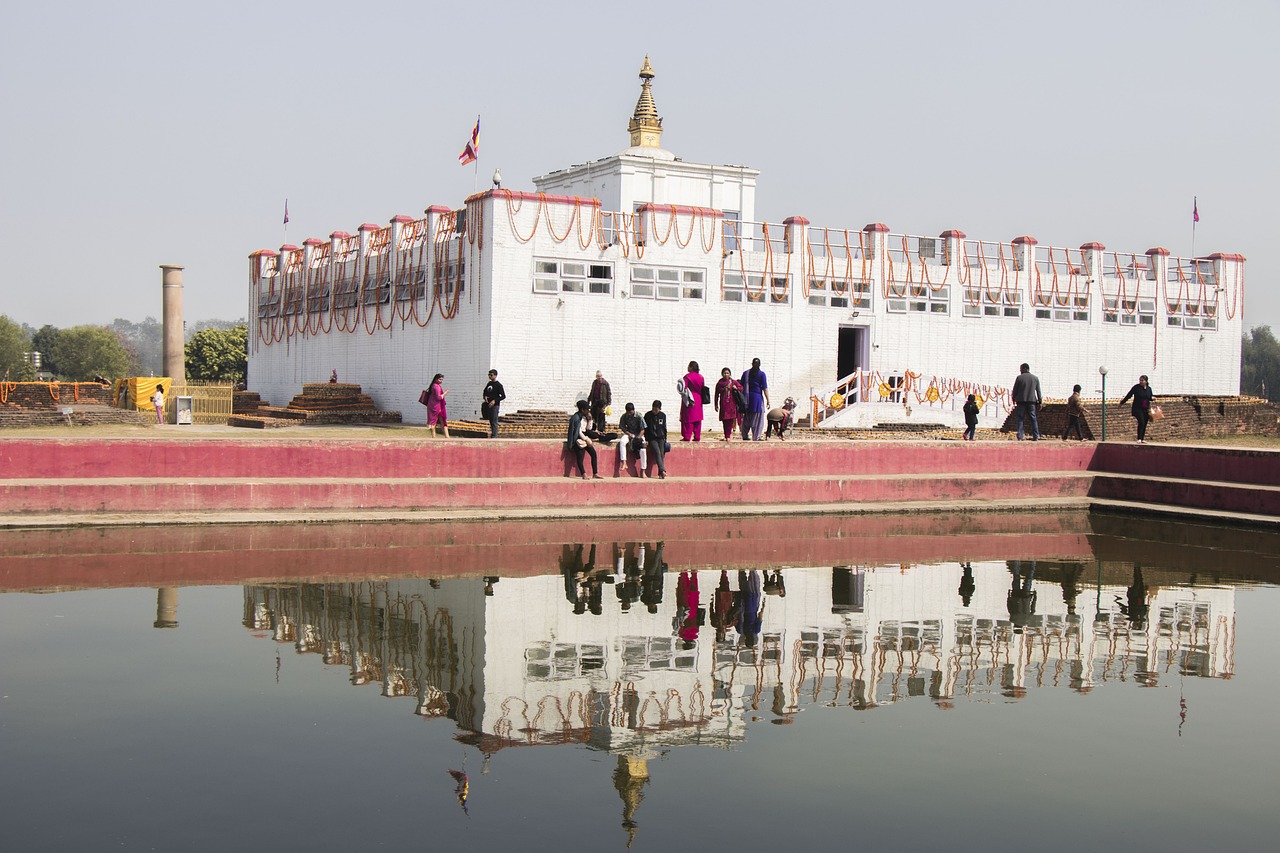Nepalese architecture refers to the various styles and traditions of building design and construction that are found in Nepal. It is a diverse and multifaceted field that reflects the country’s rich cultural and historical heritage.
One of the most distinctive features of Nepalese architecture is the use of intricate and ornate designs. Many Nepalese buildings, particularly religious structures such as temples and monasteries, feature elaborate carvings, sculptures, and other decorative elements. These designs often incorporate traditional Nepalese motifs and symbols, such as the lotus flower and the swastika.
Another characteristic of Nepalese architecture is the use of wood as a building material. Wood is abundant in Nepal and has been used for centuries in the construction of buildings, particularly in the hill regions of the country. Nepalese buildings are often built using traditional construction techniques, such as the use of wooden beams and joints, and they are known for their durability and resistance to earthquakes.
In addition to traditional Nepalese architecture, there are also many modern buildings in Nepal that reflect more contemporary styles and influences. These buildings often incorporate elements of both traditional and modern design, and they are an important part of the country’s architectural landscape.
Overall, Nepalese architecture is an important part of the country’s cultural identity and reflects the diverse cultural and historical influences that have shaped Nepal. It is a field that is rich in tradition and diversity, and it continues to evolve and grow in response to the changing needs and preferences of Nepalese society.



